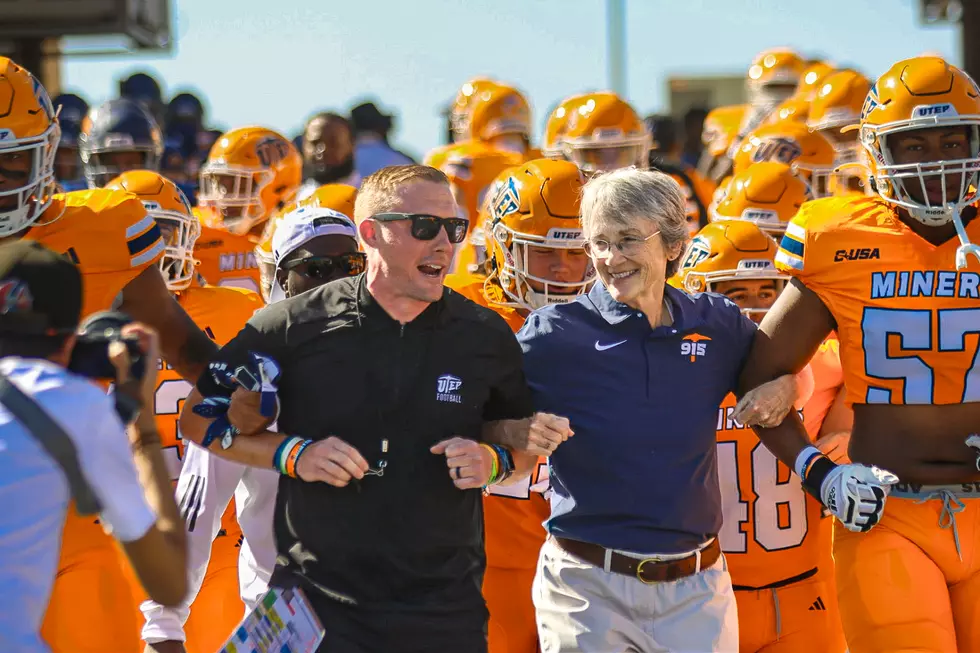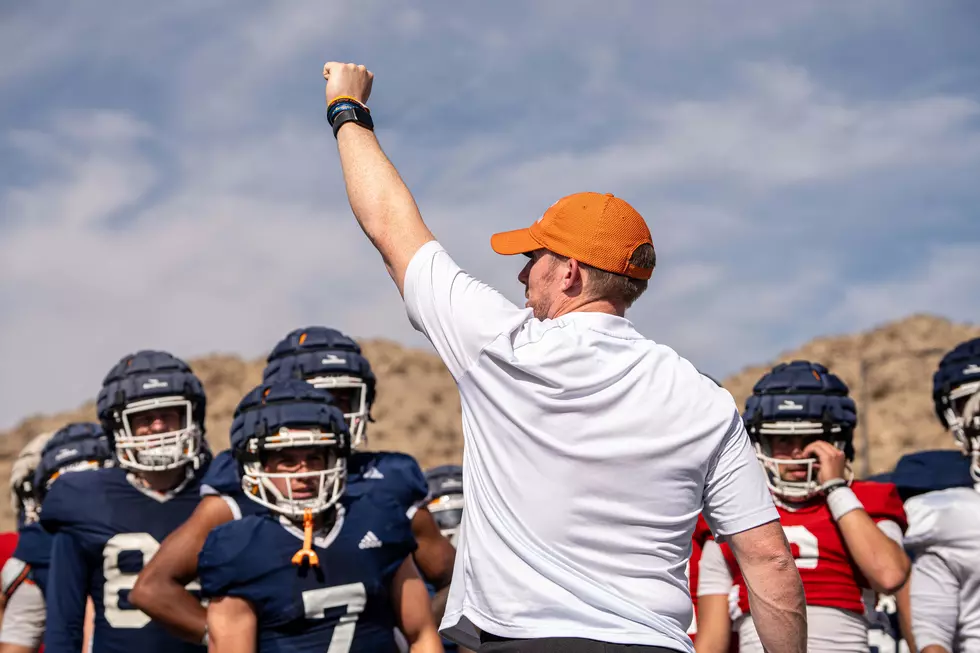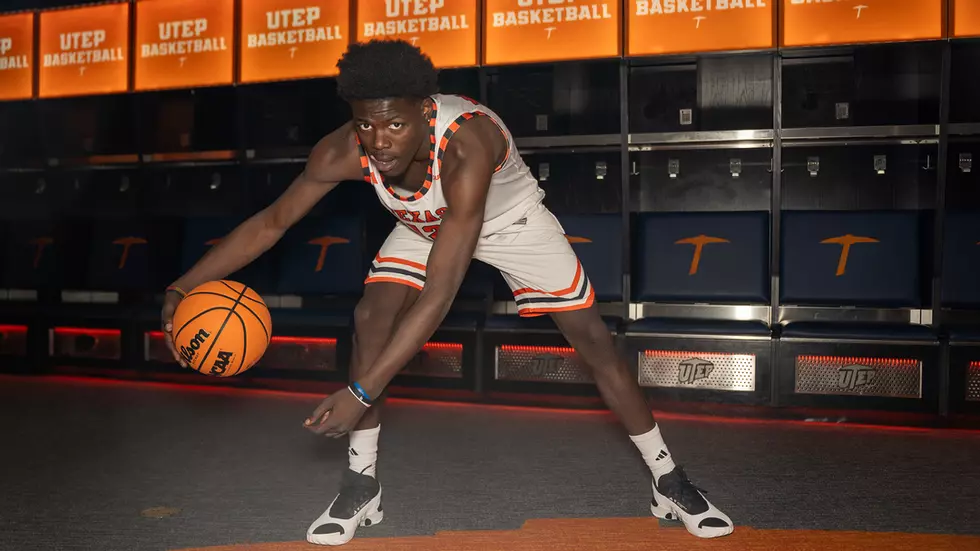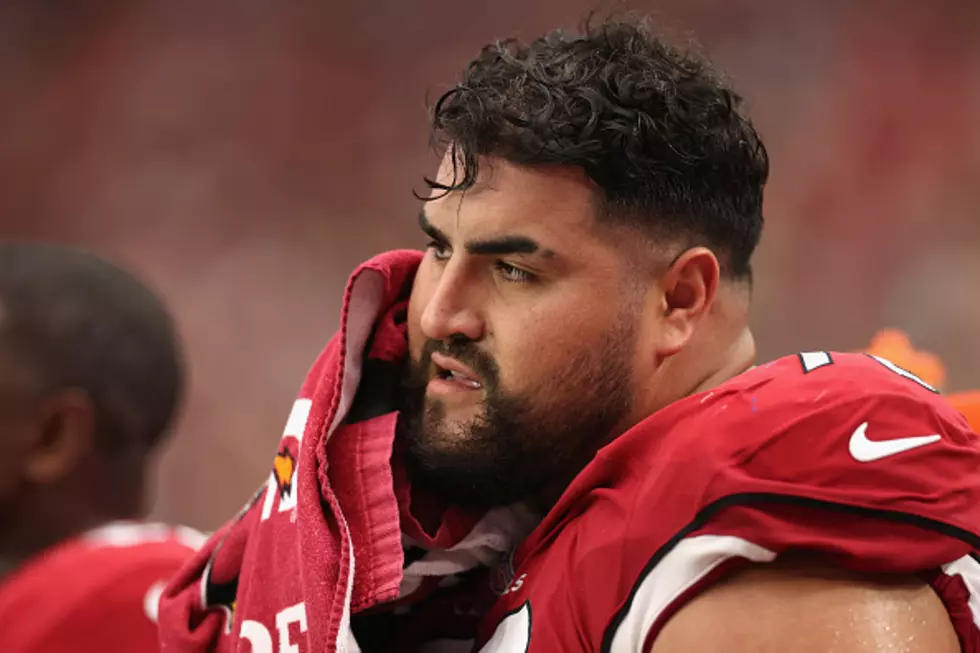
Revisiting the Goods and Bads of C-USA Bonus Play in Basketball
Upon the abrupt conclusion of the 2019-20 season in college basketball—right smack in the middle of the league tournament—Conference USA, like many other leagues, was unable to crown a true champion for the men's and women's hoops.
Even if the NCAA Tournament was played this year, the C-USA champion for both men's and women's basketball would have likely been the only bid that the league received for the big dance.
C-USA is, and will continue to be, a one-bid league in college basketball.
The ambitious pod system scheduling, which the league dabbled in for the last two years, came in efforts to boost the NET (formally RPI) rankings of teams in the conference to try and get more than one bid in the NCAA Tournament. However, after just two seasons of its existence, it looks like the "Bonus Play" concept will be a thing of the past.
How it works
Bonus Play occurs after all teams play 14 conference games. Teams are then divided into three groups—or "pods"—based on their record and only play the teams in the pods to close out the season. Again, the goal is to help enhance the ratings of the top teams in the league to better the chances of multiple teams earning a bid to the NCAA Tournament.
The strengths
Before dissecting what worked and what failed in this experiment, let's tackle the goods. First off, the Bonus Play structure was created with smart intentions. In 2017, Middle Tennessee was left out of the men's NCAA Tournament after developing a mighty resume as a mid-major contender, despite not winning the league tournament title. Theoretically, if the conference had a team that stormed through their regular-season schedule but wasn't crowned tournament champions, they might get an NCAA Tournament bid with the pod system. That team probably couldn't lose more than three games, though. It could work with the right circumstances.
Where the plan failed
Bad timing and logistics.
During the two seasons that C-USA adopted the pod play system, the league never made a splash in the ratings. On the men's basketball side, they had just three teams finish in the top 135 of the NET this year, with none in the top 75. For the women? It seemed like an afterthought. The schedules for the pod system were released before teams jumped into conference play instead of matching up by seedings near the end of league play.
On the logistics side of it, how could a league justify doing the bonus play structure with such little notice? For example, this year on the men's side, teams were given less than a week to book all travel accommodations for the bonus play pairings. When you're traveling from Texas to Florida, or vice versa, the cost starts to pile up for these mid-major programs.
What's next?
C-USA commissioner Judy MacLeod and her staff have been working on a contingency plan for the financial fallout after the coronavirus pandemic canceled NCAA spring and winter sports.
It's no secret that athletic departments have been hurting financially across C-USA. On Thursday, Florida International announced 22 athletic department employees furloughed through July, along with "dissolving" the men's indoor track and field program.
With some creative scheduling to cut down on travel expenses, the conference could help both men's and women's basketball programs trim down as many costs as possible. The league extends from El Paso to the east coast in Norfolk, Virginia (ODU).
Splitting the league into two divisions—like football and softball's East and West Divisions—makes the most sense. This would limit the number of games that teams would have to travel across the league. The same separation of divisions should also pour into sports like women’s soccer and volleyball, who don't have the same format either.
More From 600 ESPN El Paso









